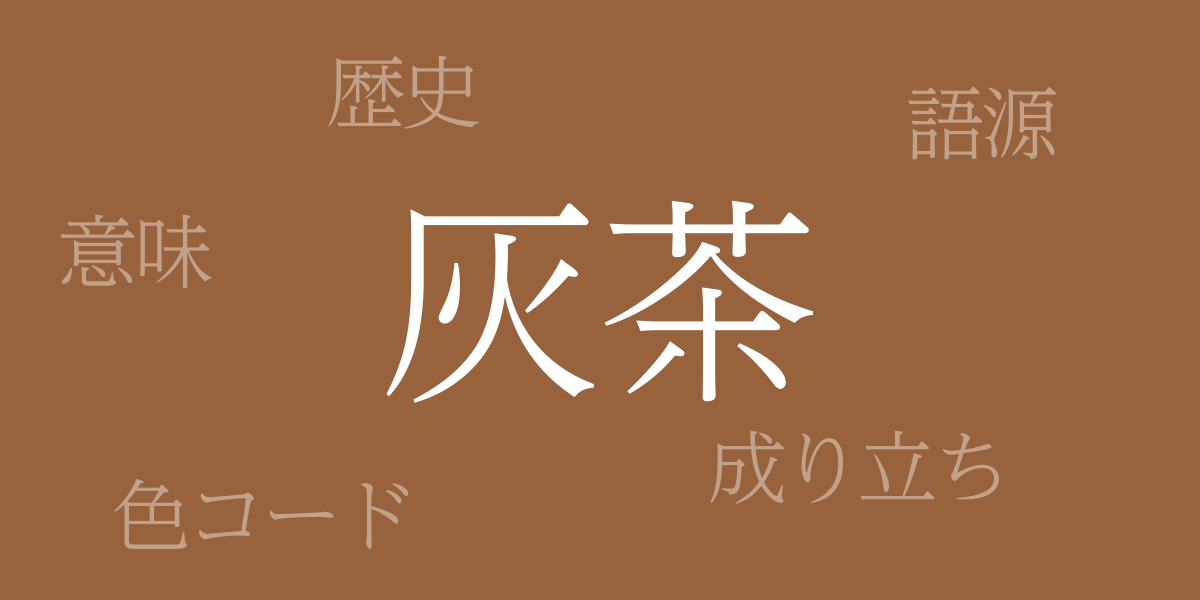Colors are like a mirror reflecting culture and the spirit of the times. The Japanese traditional color “Haicha” (灰茶 – はいちゃ) is no exception. With its unique charm that evokes the depth of Japan’s nature, culture, and history, Haicha continues to enchant people worldwide. This article explores the allure of Haicha, delving into its meaning, history, and modern applications.
About Haicha (灰茶 – はいちゃ)
Haicha (灰茶 – はいちゃ), as the name suggests, is a color that blends gray and brown, creating a warm, subdued hue. Commonly seen in Japan’s natural landscapes and traditional architecture, Haicha is known as a symbol of Japanese taste. Its astringency and warmth make it compatible with tatami mats and wooden warmth in interior designs, where it is frequently utilized.
The History of Haicha
The history of Haicha is long-standing, with its use in clothing dating back to the Heian period. This color was often derived from natural dyes made from tree branches, leaves, and roots, considered noble hues. Over time, Haicha became favored among samurai and townspeople, playing a crucial role in shaping the unique Japanese color perception.
Haicha Color Codes
In digital and web design, accurate color codes are essential for reproducing Haicha. Here are the specific color codes:
- HEX: #98623C
- RGB: R:152 G:98 B:60
- CMYK: C:46 M:68 Y:84 K:7
Western Name for Haicha
The Western names for Haicha are ‘Ash Gray’ or ‘Grayish Brown.’ These terms closely represent the unique texture of Japanese Haicha and are used internationally to denote this color in design contexts.
Conclusion on Haicha
As a traditional Japanese color, Haicha is beloved for its calming hue, reflecting a deep appreciation for harmony with nature inherent in Japanese aesthetics. In contemporary design, its unique shade is indispensable in creating spaces with a modern Japanese flair, and its value is only expected to grow. Haicha symbolizes the tranquil yet warm world of Japanese aesthetics, deeply ingrained in our lives.

























